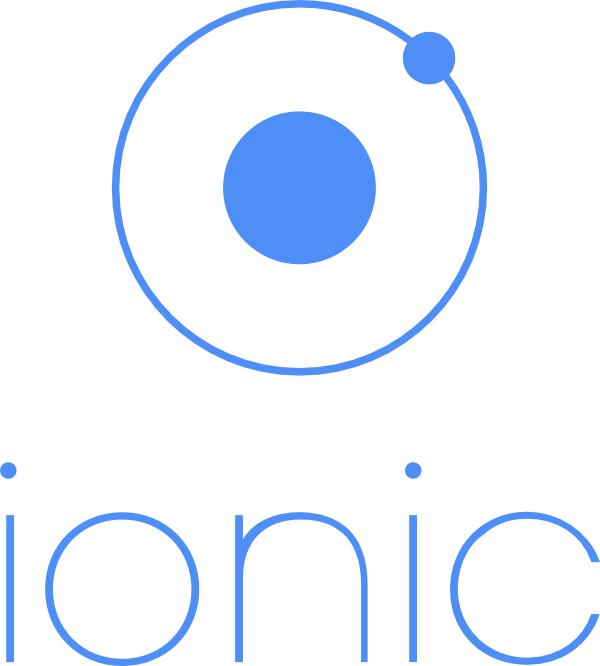Firebase can power your app's backend, including data storage, user authentication, static hosting, and more. We provide these services so you can focus on creating extraordinary user experiences.
Firebase Realtime Database
Data in your Firebase database is stored as JSON and synchronized in realtime to every connected client. When you build cross-platform apps with our Android, iOS, and JavaScript SDKs, all of your clients share one Firebase database and automatically receive updates with the newest data.
Automatically scales with your app
When your app is a breakout hit, you don't have to worry about scaling your server code or provisioning extra capacity — Firebase handles that automatically for you. Our servers manage millions of concurrent connections and billions of operations per month.
First-class security features
All of your data is transferred over a secure SSL connection with a 2048-bit certificate. Database access and validation is controlled at a granular level using our flexible security rules language. All of your data security logic is centralized in one place making it easy to update and verify.
Works offline
Your Firebase app will remain responsive regardless of network latency or Internet connectivity. All writes to a Firebase database will trigger local events immediately, before any data has been written to the server. Once connectivity is re-established, the client will receive any changes it missed, synchronizing it with the current server state.
Firebase Authentication
With Firebase, you can easily authenticate users from our Android, iOS, and JavaScript SDKs in just a few lines of code. We have built-in functionality for authenticating users with email & password, Facebook, Twitter, GitHub, Google, and anonymous auth. Apps that use Firebase's built-in auth services can handle user login entirely with client-side code, saving you time and the headache of operating your own backend. You can also integrate authentication with your existing backend servers using our custom auth tokens.
Firebase Hosting
Deploy your web app in seconds with our production-grade static asset hosting. All of your content is delivered over SSL from our global CDN.
Deploy in seconds
Deploy using the Firebase command line tools and roll back to previous versions with one click. Every app gets its own firebaseapp.com domain, and paid apps can deploy to a custom domain.
SSL by default
Every app is served over a secure connection, and we take care of provisioning the SSL cert for you.








